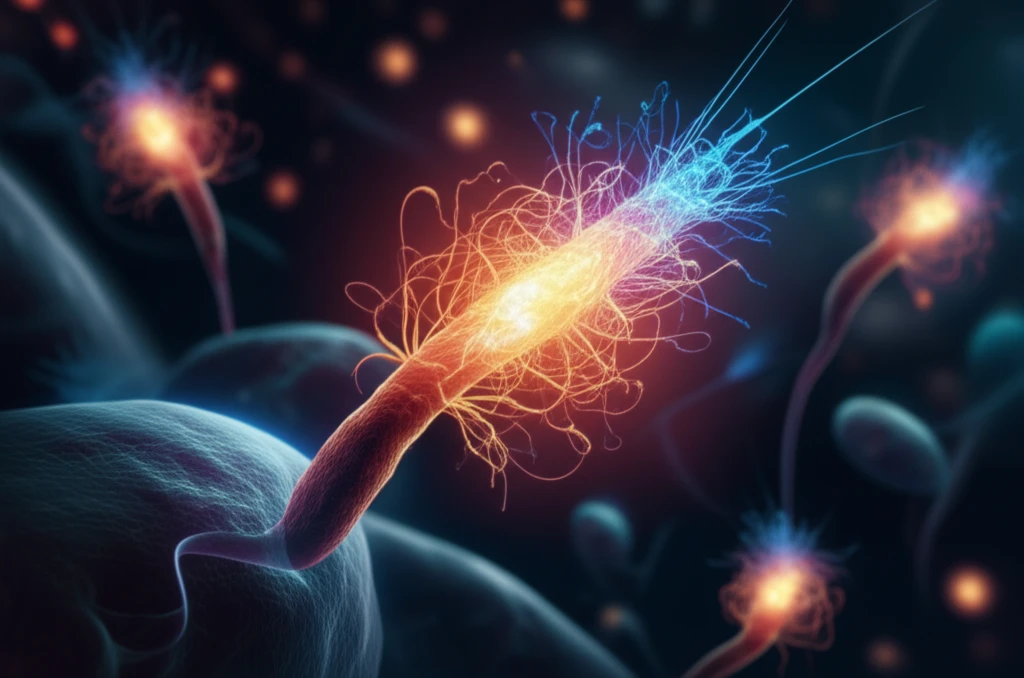
Decoding the Cilium: Unveiling a New Player in Cellular Health and Disease
"Exploring the Crucial Role of LKB1 in the Primary Cilium and Its Implications for Cancer and Beyond"
In the intricate world of cells, tiny, antenna-like structures called cilia play a surprisingly significant role. These hair-like projections, found on the surface of many cells, are far from mere ornaments; they act as crucial communication hubs, sensing and responding to the environment around them. Recent research has brought to light a new understanding of the primary cilium's function and the proteins that regulate it, with potential implications for understanding and treating diseases like cancer.
One of the key players in this cellular drama is LKB1, a protein known for its role as a tumor suppressor. Scientists have discovered that LKB1 has a significant function in the primary cilium, opening up new avenues for research into its role in cellular health. This discovery not only sheds light on the complex mechanisms within our cells but also offers hope for new therapeutic strategies.
This article will delve into the importance of LKB1 in the primary cilium, its connection to cancer, and the exciting possibilities this research unlocks. We'll explore the latest findings, providing a clear picture of how these cellular structures function and why they matter for overall health and well-being.
Unraveling the Mystery: LKB1 and the Primary Cilium

The primary cilium, often described as a 'cellular antenna,' is a non-motile structure found on the surface of most cells. It's responsible for sensing signals from the outside world, such as chemical gradients and mechanical forces. These signals are then relayed to the cell, influencing a wide range of processes, from cell growth and division to cell movement and differentiation.
- Cellular Communication: Cilia are essential for sensing environmental signals and relaying them to the cell.
- Tumor Suppression: LKB1 is a known tumor suppressor.
- Regulation: LKB1 plays a key role in the proper function of cilia.
Looking Ahead: The Future of Cilia Research
The discovery of LKB1's function in the primary cilium is a significant step forward in understanding how cells function and how diseases develop. This research opens up exciting possibilities for developing new therapies and improving our overall health. As scientists continue to unravel the complexities of cilia and their molecular partners, we can look forward to more breakthroughs in the years to come, offering hope for a healthier future.
